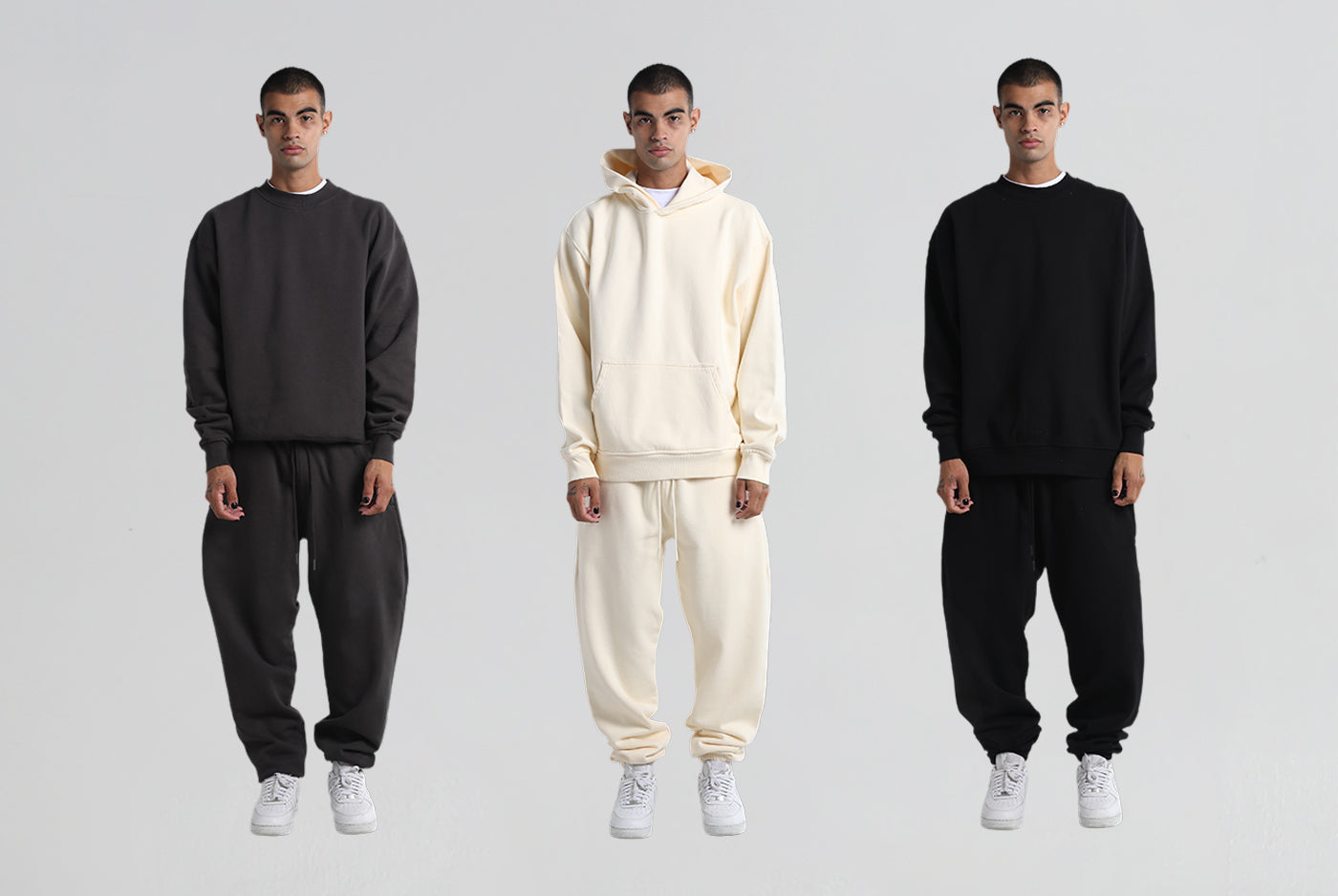In the realm of textile and garment dyeing, two processes stand out for their ability to infuse vibrant hues into fabrics: pigment dye and reactive dye. These two methods, while both capable of producing captivating colors, have distinct characteristics that set them apart. Let's delve into the world of dyeing and explore the key differences between pigment dye and reactive dye.
Pigment Dye: A Brush with Versatility
Pigment dyeing is a method that involves applying color to the fabric's surface, rather than chemically bonding with the fibers. Think of it as painting on the fabric. Pigment dye molecules are larger and rest on the fabric's surface, resulting in a slightly faded, vintage appearance. This method offers a wide spectrum of colors and allows for creative effects such as ombre and tie-dye.

shadow
Advantages of Pigment Dye:
-
Variety of Colors: Pigment dye offers an extensive range of colors, making it a popular choice for achieving unique and vibrant shades.
-
Soft Feel: The dye remains on the fabric's surface, preserving its soft texture and natural drape.
-
Creative Possibilities: Pigment dye allows for artistic experimentation, enabling designers to create one-of-a-kind patterns and effects.
Limitations of Pigment Dye:
-
Fading Over Time: Pigment-dyed fabrics might experience fading over multiple washes and prolonged exposure to sunlight.
-
Color Transfer: Due to the dye resting on the fabric's surface, there's a possibility of color transferring onto other surfaces.
Reactive Dye: Bonding for Longevity
Reactive dyeing involves a chemical reaction between the dye molecules and the fabric's fibers. This reaction forms a strong bond, ensuring the color remains vibrant even after multiple washes. Reactive dye penetrates deep into the fabric, resulting in intense, long-lasting colors. The process requires careful temperature and pH control to achieve desired results.

black
Advantages of Reactive Dye:
-
Color Fastness: Reactive dye forms a robust bond with the fabric, making it resistant to fading and washing.
-
Crisp Colors: The deep penetration of reactive dye results in vivid and sharp colors.
-
Durability: Reactive-dyed fabrics maintain their color vibrancy over extended periods, making them ideal for long-term use.
Limitations of Reactive Dye:
-
Limited to Natural Fibers: Reactive dye works best on natural fibers like cotton, linen, and silk, as they readily react with the dye molecules.
-
Complex Process: Achieving the desired color requires precise control of temperature, pH, and dye concentration.
Choosing the Right Dye: A Matter of Purpose
The choice between pigment dye and reactive dye ultimately depends on the intended purpose of the fabric. Pigment dye is favored for achieving a casual, worn-in look with a multitude of colors and artistic effects. On the other hand, reactive dye ensures enduring color brilliance, making it suitable for garments intended for daily wear or items that will undergo frequent washing.
In the world of textiles, the distinction between pigment dye and reactive dye is a colorful tapestry of possibilities. Both methods bring their unique advantages and characteristics to the fabric, allowing designers and consumers to select the dyeing process that aligns with their creative vision and practical needs. Whether it's the faded charm of pigment dye or the resolute vibrancy of reactive dye, the art of dyeing continues to adorn fabrics with shades that captivate the senses.
interested in checking out some garment dye products?



